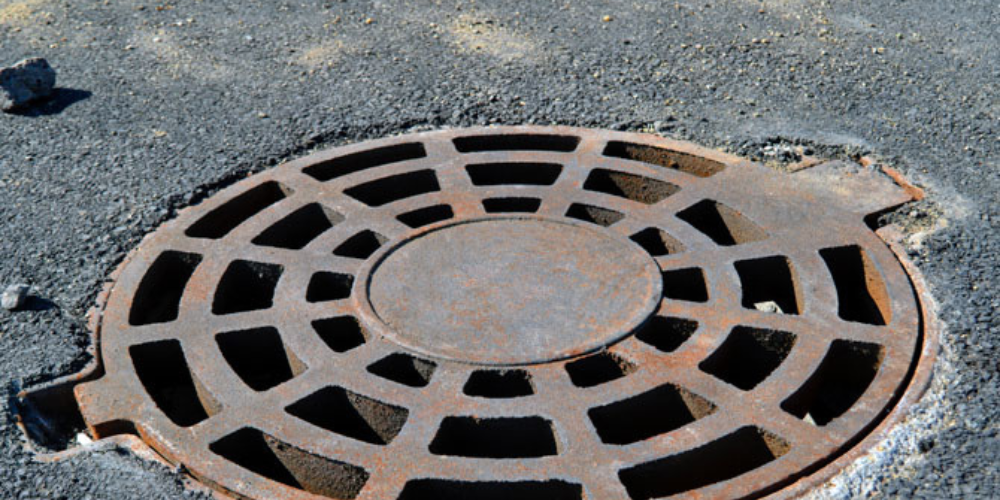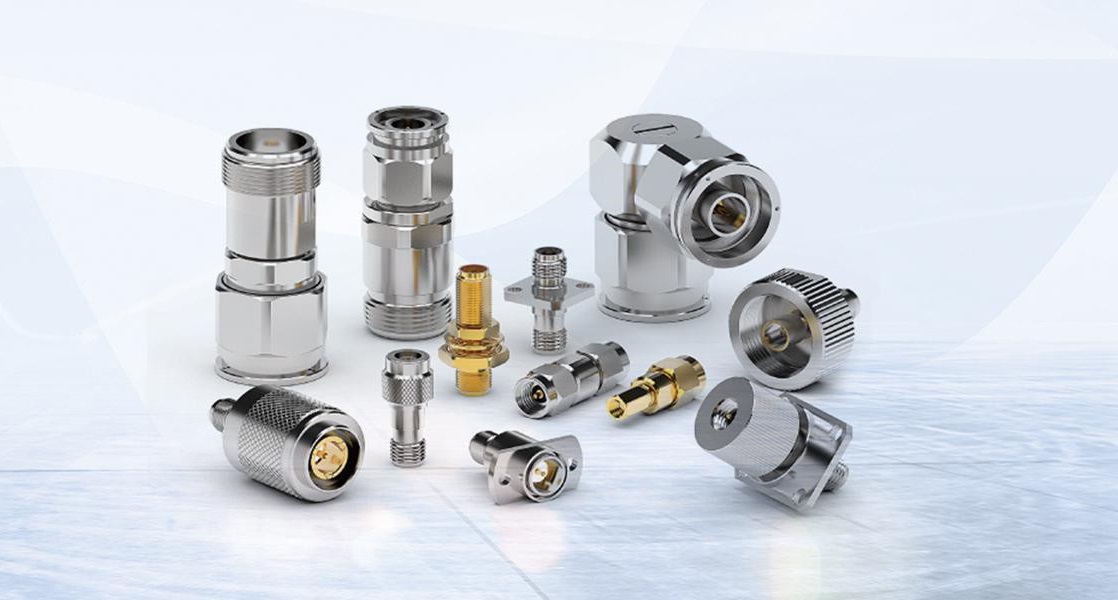Modern construction and manufacturing rely heavily on seamless steel pipes. These pipes, noted for their exceptional strength and adaptability, play a key role in a range of industries. Seamless steel pipes do not have welded seams, making them stronger and more reliable than welded pipes. The elimination of weld seams, a hallmark of seamless pipes, reduces the potential for weak places prone to corrosion and structural degradation.
This single, continuous structure not only improves the pipes’ stress resistance but also contributes to their longer service life. Applications for smls pipe are numerous and include pipelines for oil and gas as well as vital infrastructure.
What Is The Hardness Of Seamless Pipe?
The hardness of seamless steel pipes varies according to the material composition and heat treatment procedures used during manufacturing. Brinell hardness (HB) and Rockwell hardness (HRC) are two common hardness metrics. Carbon steel seamless pipes normally have hardness values ranging from 70 to 90 HRC, whereas alloyed seamless pipes can have varying hardness levels depending on the alloy composition and heat treatment used.
The Longevity of Seamless Pipes in Harsh Conditions
Seamless pipes, distinguished by the absence of weld seams, are a resilient and long-lasting option, especially in harsh and difficult situations. This article goes into the reasons why seamless pipes succeed in harsh environments, looking at the diverse applications that show their durability and dependability under extreme conditions.
Strength and Structural Integrity
Seamless pipes have higher strength and structural integrity because of their homogenous composition. Welded pipes, on the other hand, might have material qualities that vary around the weld seam, rendering them prone to stress corrosion, cracking, fatigue, and other structural difficulties. In difficult environments where external stresses and corrosive substances are common, the seamless structure offers more robust and dependable performance.
Manufacturing Process
The seamless pipe production process involves piercing a solid billet to generate a hollow tube that does not require welding. This seamless design removes the possible weak points associated with welding, resulting in a continuous and homogeneous structure. The elimination of weld seams considerably increases the strength and lifespan of seamless pipes.
Pressure and Temperature Endurance
Seamless pipes flourish in areas with high pressure and temperature variations. The elimination of weld seams reduces weak areas that could fail in high-pressure circumstances. This feature makes seamless pipes ideal for use in oil and gas pipelines, where they must withstand significant pressure changes and temperature extremes without compromising structural integrity.
Reliability in High-Stress Environments
In industries such as energy, where pipelines cross difficult terrain and are subject to external forces such as soil movement, earthquakes, or heavy machinery, seamless pipe construction is favorable. The continuous and homogenous structure offers better dependability and resilience to stress-induced failures, making seamless pipes the ideal choice for such high-stress applications.
Reduced Vulnerability to Defects
Welded pipes are subject to problems such as weld porosity, partial fusion, and cracks around the weld seams. In extreme settings, when these flaws might be worsened by environmental causes, seamless pipes provide greater protection. The absence of welds reduces the likelihood of flaws, which contributes to the long-term durability of seamless pipe installations.
Ease of Inspection
Seamless pipes are frequently easier to check because there are no weld seams. Visual inspections and non-destructive testing methods can be simpler, allowing for more thorough evaluations of the pipe’s condition. This ease of inspection adds to preventative maintenance, extending the life of seamless pipes in demanding operational situations.
Cost-Effectiveness over the Long Term
While seamless pipes are initially more expensive than welded alternatives, their endurance and lower maintenance requirements make them more cost-effective in the long run. The avoidance of frequent repairs or replacements in severe environments results in significant savings, making seamless pipes an economically viable option for infrastructure projects.
Sum Up
Seamless pipes, with no weld seams, have outstanding resilience and longevity in tough environments. The production process, structural benefits, corrosion resistance, and dependability in high-stress situations all contribute to its extensive application throughout industries. As the demand for durable and reliable materials in harsh situations grows, seamless pipes remain at the forefront, demonstrating the marriage of innovation and resilience in industrial infrastructure.









